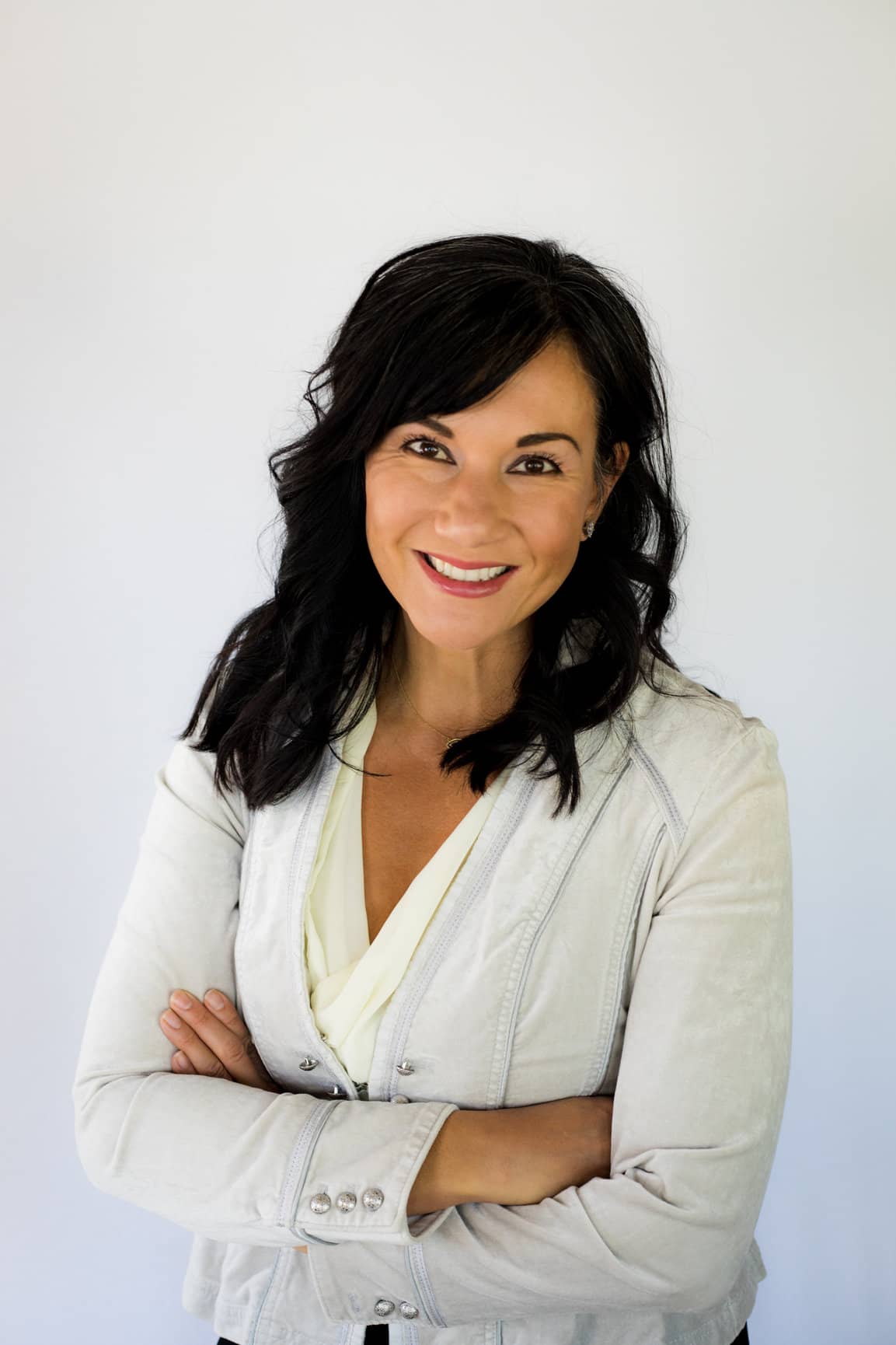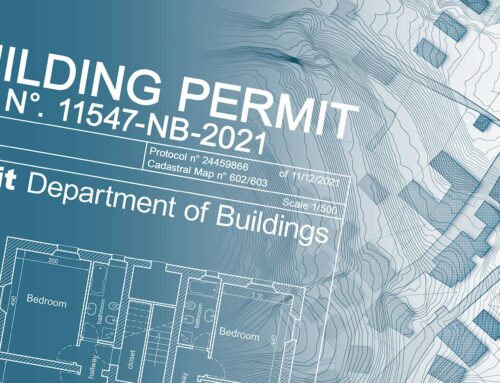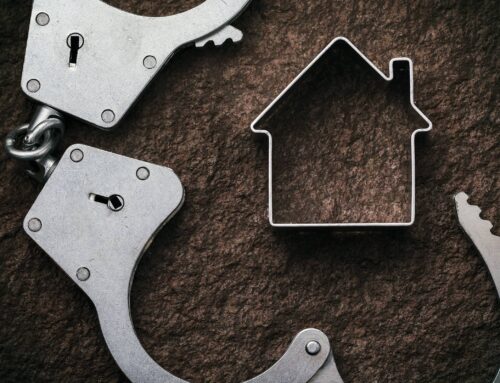
Rate Buydown: What It Is and When to Use It
A rate buydown is a strategic financial tool often employed by sellers or builders. It is designed to temporarily or permanently reduce mortgage interest rates, aiming to facilitate transaction closures. This approach presents benefits such as lowered interest rates, increased cash flow, and potential tax deductions, and could save homebuyers money in the long term. However, it also entails notable drawbacks, including substantial upfront costs and potential risks in managing future payment obligations. Continue reading to dive deeper and gain an extensive understanding of rate buydown mechanisms, evaluate potential benefits and disadvantages, and explore alternative options.
Key Takeaways
- A rate buydown is a financial strategy for temporarily or permanently reducing mortgage interest rates, often facilitated by sellers or builders.
- Types of rate buydowns include 1-0, 2-1, 3-2-1, and permanent buydowns, each involving different reductions and timeframes for interest rates.
- Benefits of rate buydowns include lower initial interest rates, improved cash flow, and potential tax deductions.
- Drawbacks encompass high upfront costs, larger payments after the discounted period, and the risk of not recouping initial costs if selling before the breakeven point.
- Alternatives to rate buydowns include adjustable-rate mortgages, refinancing, and discount points, each with unique advantages and potential risks.
Introduction to Mortgage Buydowns
A mortgage buydown is a financing technique that allows homebuyers to temporarily or permanently lower their mortgage interest rate, resulting in lower monthly payments. This can be achieved through various methods, including paying discount points or negotiating a temporary buydown with the seller or lender. Mortgage buydowns can be beneficial for buyers who want to reduce their monthly mortgage payments or save money on interest costs over the life of the loan. It's essential to understand how mortgage buydowns work, their benefits and disadvantages, and the costs and considerations involved.
What is a Rate Buydown?
A rate buydown, as it pertains to mortgage loans, is a strategic financial maneuver aimed at reducing interest rates for a specific period. It's often financed by the seller or builder to facilitate closing the deal. This option is particularly beneficial in times of high interest rates. The reduced rate for a predetermined period can greatly ease the borrower's financial burden, especially during the early years of a mortgage when interest forms the bulk of payments. However, a rate buydown comes with an upfront fee, which can be a hurdle for some buyers. It's a calculated trade-off between immediate costs and long-term savings, depending on the loan term.
How Does a Rate Buydown Work?
Understanding the functionality of a rate buydown is key, especially after grasping its basic definition and purpose. Sellers often use an escrow account to manage the funds required for the buydown. A rate buydown is fundamentally a method where sellers offer incentives to reduce a buyer's mortgage interest rate. This can be a temporary or permanent reduction. It is commonly used in the new construction home market, with nearly 60% of builders offering such incentives. A rate buydown typically occurs in two ways: the seller contributes to the buyer's closing costs via discount points, or the seller pays for a temporary rate buydown. Both methods aim to make the property more attractive to potential buyers.
Types of Mortgage Buydowns
Potential homeowners can consider several mortgage buydowns, each with its unique structure and benefits. Each type has a specific buydown period during which the interest rates are reduced. These include the 1-0, 1-1, 2-1, and 3-2-1 buydowns, as well as the permanent buydown. Understanding the specifics of each type is essential to making an informed decision that best suits one's financial situation and long-term homeownership goals.
1-0 Buydown
In real estate financing, various methods are employed to make loan repayment more manageable for borrowers. One such method is the 1-0 buydown. This mortgage buydown type allows for a lower interest rate and monthly payments in the first year of the loan, increasing from the second year onward. For a 30-year mortgage loan amount of $300,000 at a contract rate of 7% interest, the interest rate would decrease by 1% in the first year, reverting to the original rate when the buydown period ends in the second year.
2-1 Buydown
While the 1-0 buydown is a common choice, another popular option in mortgage financing is the 2-1 buydown. This arrangement involves reducing the interest rate by 2% in the first year, and then by 1% in the second year. Consequently, borrowers enjoy substantial initial savings. However, by the third year, the rate reverts to the original, fully indexed rate. This type of buydown is ideal for those expecting increased earnings over time. Nevertheless, it's important to evaluate personal financial situations and projections thoroughly since the full interest rate applies from the fourth year onward, potentially impacting affordability.
3-2-1 Buydown
Offering the most significant initial reduction in mortgage interest, the 3-2-1 buydown is an option that prospective homeowners might find appealing. Before reverting to the original rate, this arrangement reduces interest by 3% in the first year, 2% in the second, and 1% in the third. For instance, a borrower with a 7% rate would pay 4%, 5%, and 6% in the respective first three years. This method allows for lower initial payments, but requires the borrower to afford the original interest rate after the buydown expires in the third year. This type of buydown provides short-term relief but requires careful financial planning.
Permanent Buydown
This involves paying a discount point fee to lower the loan term's interest rate. The cost of each point, equivalent to 1% of the loan, is payable at closing, with one point typically reducing the interest rate by 0.25%. The decision to opt for a permanent buydown should be carefully considered, especially based on how long one intends to stay in the property.
Costs and Considerations
When considering a mortgage buydown, it's essential to weigh the costs and benefits. The upfront cost of a buydown can be significant, and it's crucial to determine whether the savings on interest payments will outweigh the initial expense. Additionally, buyers should consider the potential impact on their monthly payments, as well as the overall cost of the loan over its life. It's also important to evaluate the terms of the buydown, including the duration of the reduced interest rate and any potential penalties for early repayment.
When You Should Use A Buydown
While it may not be an ideal strategy for every homebuyer, a rate buydown can be a savvy financial move under certain circumstances. However, it's important to remember that government-backed loans have specific guidelines regarding the eligibility and usage of buydowns. For instance, if a buyer anticipates a significant increase in income in the future, like a graduate student expecting their salary to double post-degree. Similarly, a stay-at-home parent planning to return to work after a few years may also benefit. However, it's important to remember that buydowns involve higher upfront costs to achieve long-term savings, making them suitable for those intending to own the home for a considerable period. Adequate savings are essential to manage initial costs.
Calculating Breakeven Point
How do you decide if a rate buydown is a sound financial strategy? The answer lies in calculating the breakeven point. This is the time it takes to recoup the cost of the discount points required to lower the interest rate, calculated by dividing the total costs by the monthly savings achieved from the reduced interest rate. If the breakeven point exceeds the intended duration of the mortgage, a buydown may not be beneficial. The following illustrates an example calculation.
Rate Buydown Benefits and Disavantages
On the positive side, buydowns offer lower interest rates, increased cash flow, and potential tax deductions, contributing to total savings over the life of the loan. However, these benefits come with a price, including a significant upfront cost and the possibility of larger monthly payments once the discounted rate period ends. Additionally, if the property is sold before reaching the breakeven point, the initial cost may not be recouped. Fundamentally, while rate buydowns can provide initial financial relief and potential tax advantages, they require careful consideration due to their substantial upfront costs and potential future risks.
When You Can’t Buydown Your Mortgage Rate
Certain situations and types of properties do not qualify for a rate buydown. For instance, VA loans often have specific restrictions that may limit the ability to use a rate buydown. Investment properties often fall into this category, and state-specific regulations may further restrict the ability to buy down a mortgage rate. Additionally, government-backed programs have their own rules and limitations that can affect an individual's eligibility for a rate buydown.
Investment Properties
Steering through the complex world of investment properties can be an intimidating task, particularly when it comes to understanding the nuances of mortgage rate buydowns. Additionally, Fannie Mae offers refinancing programs that ensure borrowers can receive a minimum interest rate decrease of 0.50%. Typically, real estate transactions involving investment properties or cash-out refinances are ineligible for buydowns. Although you can usually buy down points on a refinance for conventional loans, this option is not available for investment properties. This limitation may impact the affordability of the property and potential return on investment. Consequently, investors need to factor in these constraints when evaluating the financial viability of an investment property. Understanding these intricacies guarantees more informed investment decisions.
State-Specific Regulations
In certain jurisdictions, seller concessions may also impact the ability to use buydowns or other incentives. In certain jurisdictions, a ceiling exists on how many points a seller or builder can purchase on behalf of the buyer. These regulations are designed to maintain market stability by preventing undue inflation of home prices. They pose a potential hurdle for borrowers seeking to lower their mortgage rates through buydowns. Understanding these state-specific rules is important for both buyers and sellers, ensuring that their rate buydown strategies align with local legal requirements.
Government-Backed Programs
Maneuvering from the maze of state-specific regulations, we find ourselves in the sphere of government-backed programs. Here, one encounters additional restrictions. For instance, adjustable-rate mortgages may only qualify for buydowns if the initial interest rate period lasts at least three years. FHA loans, for instance, only permit temporary buydowns on fixed-rate mortgages for home purchases. Those seeking to refinance their home or obtain an ARM mortgage cannot temporarily buy down their interest rate. However, permanent buydowns are allowed. These rules, dictated by federal guidelines, dictate the applicability of rate buydowns, rendering them inaccessible in certain scenarios. Consequently, while government-backed programs may offer some advantages, they also impose limitations on the use of rate buydowns.
Rate Buydown Alternatives
Three potential alternatives to rate buydowns include adjustable-rate mortgages, refinancing, and using discount points, among a few alternatives. Each option presents unique advantages and drawbacks, which will be examined thoroughly in the following discussion.
Adjustable-rate Mortgage
Though seemingly intimidating, the concept of an Adjustable-rate Mortgage (ARM) provides an alternative to rate buydowns. ARMs have a fluctuating interest rate, tied to the market rate, that can offer initial savings during a set period before adjustments occur. This feature makes them attractive for those seeking upfront advantages. However, this is a double-edged sword. The rate can rise considerably over time, potentially leading to higher costs in the long run. As a result, while ARMs can be beneficial, they come with the risk of unpredictable future rates, which must be considered carefully.
Refinancing
Refinancing, another alternative to rate buydowns, can be a viable strategy in a high interest-rate environment. This approach doesn't offer immediate savings but can reduce long-term interest payments, depending on the loan terms. When rates decline, homeowners can refinance their mortgage at a lower rate, thereby lowering their monthly payments. Although the refinancing process incurs costs, these can be offset by the savings generated over time.
Discount points
Similar yet distinct, discount points, also called discount points, have an initial fee. However, this fee is generally lower than that of a buydown. The distinguishing feature of discount points lies in their permanence. Rather than offering a temporary reduction in the interest rate, discount points provide a lasting diminution. This makes them a cost-effective method for borrowers seeking long-term rate reductions. Nonetheless, the upfront cost requires careful consideration, as the benefits of discount points are fully realized only over an extended period of loan repayment.
Conclusion
In conclusion, a mortgage buydown can be a valuable tool for homebuyers looking to reduce their monthly payments and save money on interest costs over the life of the loan. However, it's essential to carefully consider the costs and benefits, as well as the potential impact on your financial situation. By thoroughly evaluating these factors, you can make an informed decision that aligns with your long-term homeownership goals.
Rate Buydown Calculator







